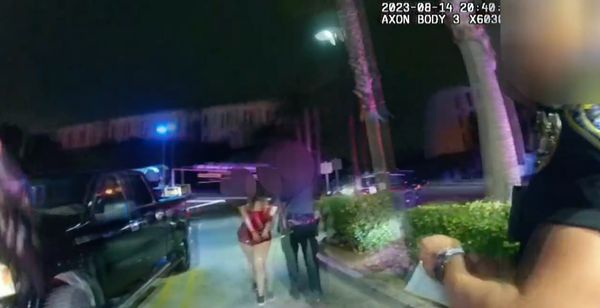Russia is preparing to send more Chechen fighters and convicts to Ukraine to fill holes left by Wagner mercenaries that were pulled from the battlefield, European intelligence officials believe.
With Ukraine reporting its counteroffensive advancing toward the eastern city of Bakhmut, Russian units risk being overstretched, according to the officials, who asked not to be identified because the information isn’t public. Russia deployed large numbers of troops to Bakhmut after Wagner announced its withdrawal from the city in late May, leaving shortages in occupied areas of southern Ukraine, the officials said.
The insurrection by Wagner founder Yevgeny Prigozhin that spiraled into the biggest threat to President Vladimir Putin’s 24-year rule has deprived Russian forces of some of their most battle-hardened troops in Ukraine. The Defense Ministry in Moscow has given no indication so far of how many mercenaries signed contracts to join the military by a July 1 deadline. Prigozhin accused Defense Minister Sergei Shoigu of attempting to “destroy” Wagner with the demand.
Ukraine said last week that Wagner forces are unlikely to reappear on the battlefield in any significant numbers. Ukrainian military intelligence chief Kyrylo Budanov told the Ukrainska Pravda news outlet the group was “the most efficient Russian unit, which was able to achieve success at any price.”
Prigozhin said he lost 20,000 troops, including about half recruited from prisons, during months of bitter fighting for Bakhmut, in an interview with a Russian journalist in May. He claimed to have deployed 50,000 convicts on the battlefield.
While Wagner’s exit isn’t expected to alter the course of the war in Ukraine, Putin’s determination to avoid full military mobilization means Russia is likely to send more Chechens and convicts to the front line in the coming weeks, the European officials said.
Dmitry Medvedev, the former president who’s now deputy head of Russia’s security council, claimed Tuesday the Defense Ministry had recruited 185,000 new contract soldiers so far this year, including almost 10,000 who had signed up in the past week since the mutiny. The numbers couldn’t be independently verified.
After taking over recruitment of convicts, the Defense Ministry has steadily increased the number of prisoners in the army to around 15,000 and the total is likely to rise further, the European officials said. Around 2,000 serve in so-called “Storm Z” penal military units.
It’s unclear how many additional troops the southern Russian republic of Chechnya could provide. Chechen leader Ramzan Kadyrov, who professes devotion to Putin, said in May on Telegram that 7,000 troops were already in Ukraine and another 2,400 were being trained for two new Defense Ministry regiments.
Chechen fighters haven’t been noticeably effective during the war so far. They earned a nickname as “TikTok battalions” from some critics for appearing to be more active on social media than in battle.
The Kremlin may view them “as an untapped assault force that can restore Russia’s ability to sustain simultaneous offensive efforts,” analysts at the Institute for the Study of War said in a May 31 report. Still, their involvement mostly in the rear of operations in the past year “may suggest that Kadyrov is hesitant to commit his forces to grinding offensive operations,” according to the Washington-based research center.
Wagner’s short-lived mutiny left unanswered questions about the extent to which hard-line elements in the military may have known about Prigozhin’s attempt to oust Shoigu and other top officials for failings in the war. His forces came within 200 kilometers (124 miles) of Moscow, facing little opposition before Prigozhin called off the advance after accepting a deal brokered by Belarus President Alexander Lukashenko.
Putin agreed to allow Prigozhin to move to Belarus along with any of his fighters who wanted to join him. The Wagner leader, who claimed to have 25,000 troops involved in the uprising, hasn’t been seen publicly since it ended on June 24.
(Alberto Nardelli contributed to this report.)







